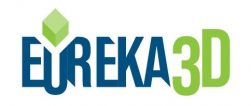Coordinator: PHOTOCONSORTIUM

Photoconsortium is the Europeana accredited aggregator for photography. It has participated since 2016 in the Europeana DSI series of projects for the maintenance and improvement of the Europeana platform and successfully participated in various generic service projects of the Connecting Europe Facility (CEF) Programme, to enrich the Europeana collections. In addition to a deep knowledge of the Europeana aggregation mechanisms and strategy, and to the embedment in the various working group of the Europeana network, Photoconsortium as an association adds value to EUreka3D in force of its network, comprising over 30 members representing the whole CH sector.
Cyprus University of Technology
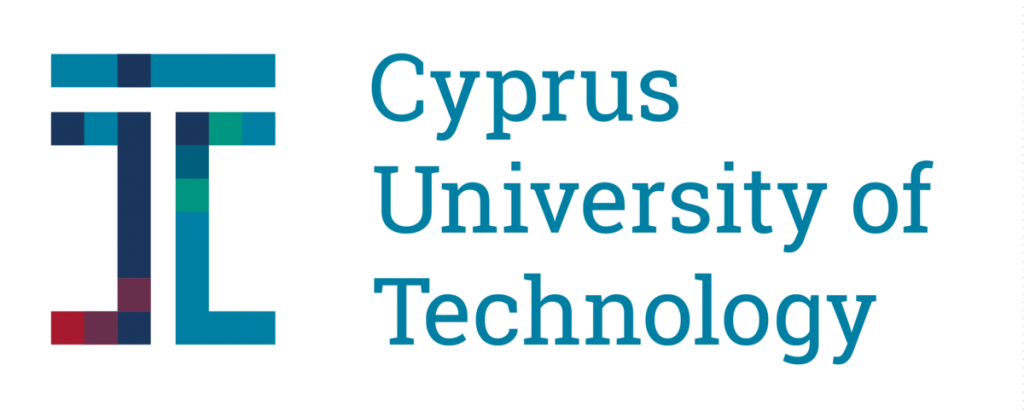
Cyprus University of Technology (CUT) is national representative of Cyprus in the newly established Commission Expert Group on the common European Data Space for Cultural Heritage (CEDCHE) expert group, as well as member of DARIAH. CUT participates in EUreka3D with its Laboratory on 3D digitisation where the EU Study on quality in 3D digitisation was developed and the coordinator of ViMM and ViMM Plus projects was conducted. In addition to lead WP2, CUT will reuse its existing 3D models for demonstration and case studies and will contribute to the EUreka3D pilot as content provider.
CRDI Ajuntament de Girona

CRDI, the Centre for Image Research and Dissemination, is the image archive of the Municipality of Girona. Based on the accumulated knowledge, and under the framework of participation in the European projects Europeana Photography and Athena Plus (2012-2015), CRDI undertook the development of a working methodology focused on the search for image quality which, together with the preservation and digitization policy, made it possible to contribute thousands of digitised documents to the Europeana website. CRDI also participated in two preservation projects: Preforma and the Canadian InterPARES, and in the 3D project WEAVE. In the context of the EUreka3D pilot, CRDI will also perform advanced 3D digitization of 50 objects selected from the pre-cinema collection, from Cinema Museum in Girona. CRDI also holds expertise on metadata curation and management, which will form an integral part of the EUreka3D capacity building programme. CRDI is also responsible of the communication of the project activity.
Bibracte
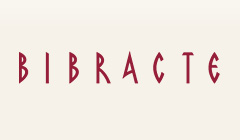
Bibracte EPCC, a key actor of the French archaeological community, is the managing organization of a permanent archaeological research program and custodian of the scientific archives produced on the eponymous site since the beginning of excavations in the 1860s. Bibracte owns a unique capital of information to explore new ways of using digital technologies throughout the archaeological process, from taking data in the field to sharing it with all the users concerned. Bibracte will provide digital new content, either home produced or gathered from its partners of the Centre national de la Recherche scientifique: 250 economic or cultural artefacts and 250 stratigraphic ground models and animal bones will be made available for publication in Europeana already digitised in 3D.
Museo della Carta
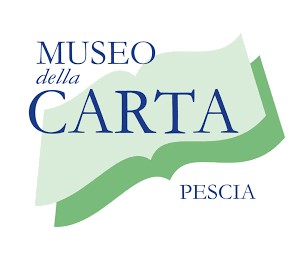
The Museum of Paper (MoP) is set in Pescia, Tuscany, an area where paper production and manufacturing has been an established economic activity for centuries. The collection includes moulds, filigree waxes, punches, metal sheets and stamps for a total of 7,000 pieces. The Museum embodies the situation of a high number of smaller CHIs who own interesting heritage collections and are bravely taking their steps on the digital transformation route. This type of CHI is the exact target audience of EUreka3D project, which will highly benefit from cloud-based services and tools, from training and capacity building in digitization and from accessing aggregation services and knowledge for participating in Europeana. The Museum will participate in the EUreka3D pilot to digitise in high quality 3D of a selection of paper moulds and aggregate those in Europeana together with a set of complementary documents, in a real holistic approach to heritage documentation.
EGI Foundation

The EGI Foundation (also known as Stichting EGI and abbreviated as EGI.eu) is a non forprofit foundation established under the Dutch law to coordinate the EGI Federation (abbreviated as EGI), an international collaboration that federates the digital capabilities, resources and expertise of national and international research communities in Europe and worldwide. The main goal is to empower researchers from all disciplines, including digital cultural heritage, to collaborate and to carry out data- and compute-intensive science and innovation. EGI Foundation has been coordinating a federation of 200+ data centers across~50 countries since 2010 and brings substantial experience in building, maintaining, and growing complex multi-provider federations. EGI will provide access to its resources exploiting the services provided by its affiliate partner Academic Computer Centre CYFRONET.
Europeana Foundation
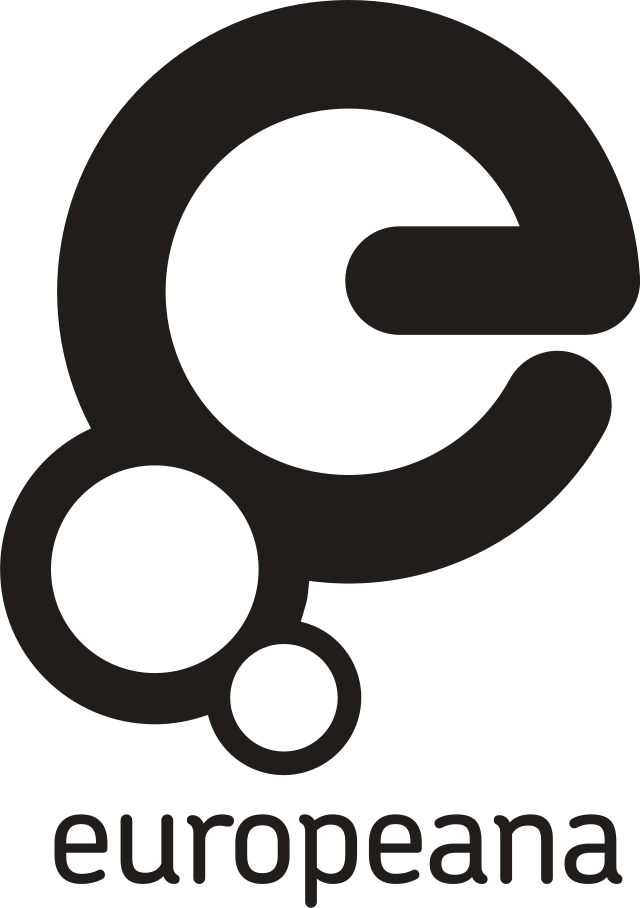
Complementary to all the roles played by the other partners, the Europeana Foundation (EF) participates as Beneficiary in EUreka3D to provide its advice on a series of key aspects. On one hand, EF advice will guarantee the compliance of the project’s actions, and in particular the new digital environment designed in WP3 and tested in WP2, with the existing Europeana CSP (e.g. access to links, secure connections and in general the correct implementation of the EPF). On the other hand, EF will contribute to assess the sustainability of the technical services produced in EUreka3D, to identify the benefits that can derive for future Data Space for Cultural Heritage and EF will also contribute to training, impact assessment and communication activities, providing access to its existing channels and networks.
Cyfronet
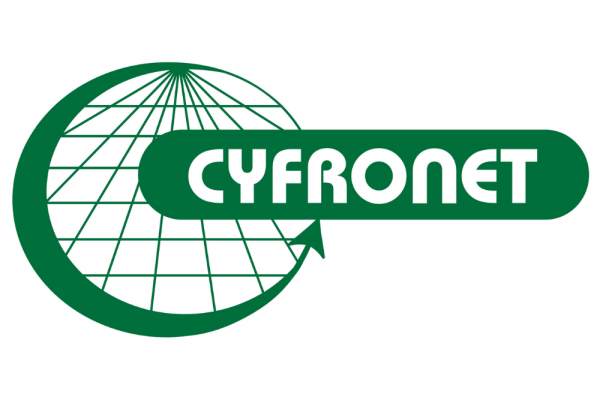
Cyfronet is the Academic Computer Centre of the University of Science and Technology AGH of Krakow, one of the federated infrastructural service providers of EGI. It will provide data and computational resources for storage and processing of the 3D content: up to 300 TB storage, 20 CPU cores and 40 GB RAM to run the pilot. Secure data access and management will be provisioned by the Onedata software (https://onedata.org) developed at AGH, offering variety of integration options (REST, S3, POSIX, OAI-PMH), a workflow system for scalable and reproducible data processing as well as intuitive Graphical User Interface for data and metadata management.
imec
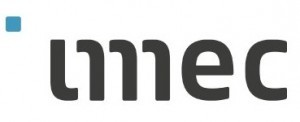
imec’s core research team ETRO (Department of Electronics and Informatics of the Vrije Universiteit Brussel) is the world-leading R&D and innovation hub in nanoelectronics and digital technologies and focuses on sensors, image and multi-dimensional signal processing applied in various sectors such as medical imaging, media systems, industrial processing and digital heritage. It comprises demand-driven and fundamental research, aiming to deliver unique solutions leveraging cross-boundary expertise in micro-electronics & photonics, hardware-software co-design and networks & systems. imec-ETRO-VUB has a long-standing expertise in digital imaging and video processing for medical imaging, media systems, industrial processing and digital heritage.

